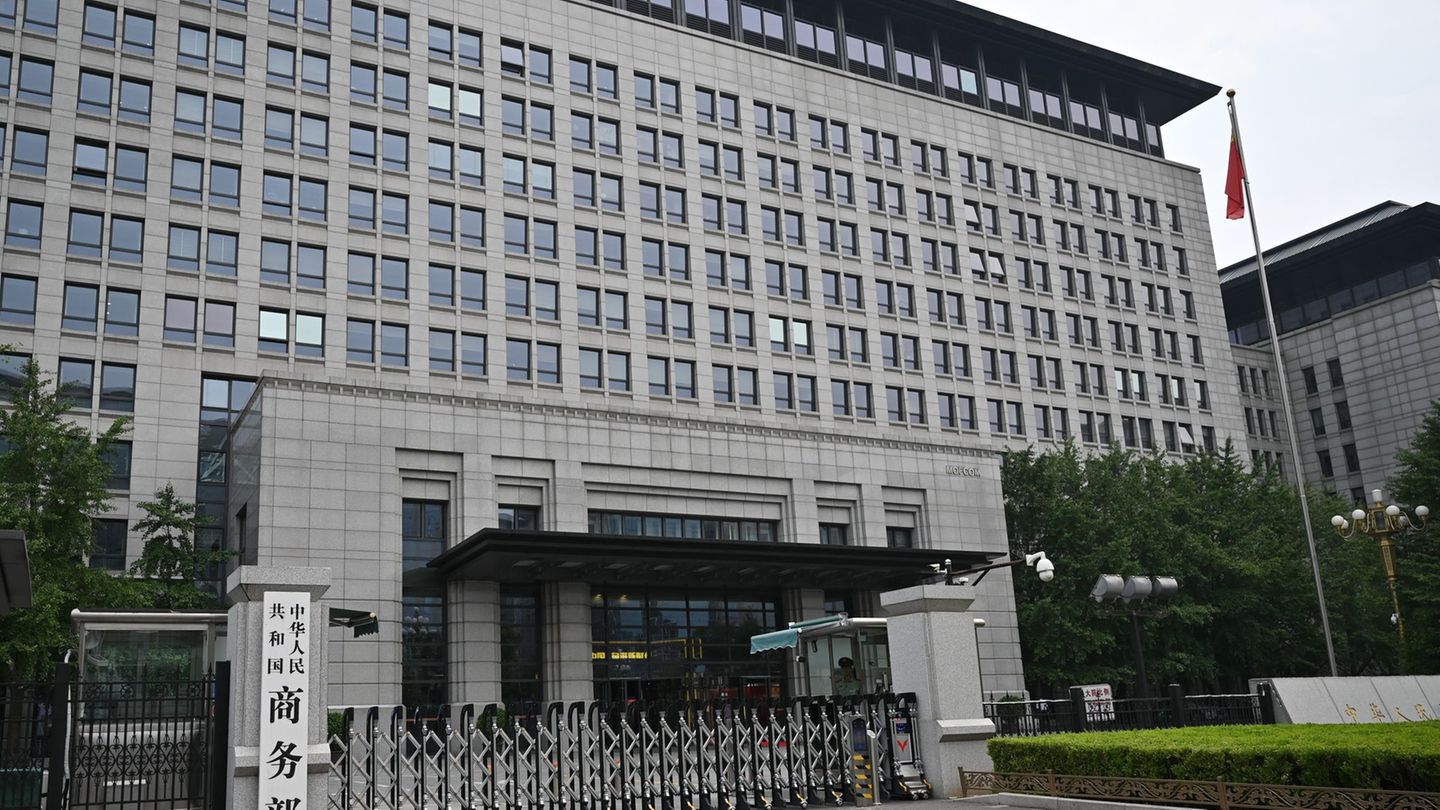Within the framework of the geopolitical struggle to de-dollarize the world economy, The BRICS economic bloc is promoting plans to develop a system that would facilitate international payments outside the dollar system, in which gold would play an important role. It is worth remembering that days ago it emerged that this group of nations made up of Brazil, Russia, India, China and South Africa was considering adopting the “petroyuan” for oil trading as part of its continued de-dollarization efforts.
This is what he indicated Herbert Poenischsenior researcher at Zhejiang University and former chief economist at the Bank for International Settlements or Bank of Basel (BIS), who highlighted Saudi Arabia’s possible shift towards the “petroyuan”.
All of this will be part of the busy agenda of the next BRICS summit in Kazan.in which alternatives to the petrodollar will be discussed, and to which Russia invited 38 countries and five international organizations (such as the UN). Already around 20 leaders confirmed their participation plus the heads of the member states (the host Vladimir Putin, the Brazilian Luiz Inácio Lula da Silva, the Indian Narendra Modi, the South African Cyril Ramaphosa and the Chinese Xi Jinping).
But in addition to the “petroyuan” initiative, according to the Russian news agency TASS, BRICS officials are “developing a wide range of instruments to create an inclusive international financial system.” Andrey Mikhailishinhead of the BRICS Business Council working group on financial services, confirmed to TASS that part of the plan will be presented at the BRICS summit at the end of October.
gold dollar reserves.jpg
Global dollar reserves have fallen 14% since 2002. Gold gains prominence.
Dedollarize: more prominence for the precious metal
As explained by analysts, there are several projects in development that include a common unit of account (a currency), a platform for international payments using a BRICS digital currency, a payment system, a settlement deposit, an insurance system , until a BRICS qualification alliance. For TASS, the key to the new system will be the “decentralization of international interaction.” The settlement warehouse will rely on blockchain technology “to record securities and exchange them.”
In this sense, Mike Maharreymetals market analyst, maintained that gold will play an important role in the system where “The common unit of account would be linked 40% to the price of gold, and the remaining 60% to a basket of BRICS currencies”. According to Mikhailishin, this approach would make it “a convenient and universal instrument.” “When you have a unit of account convertible to any national currency, it is more convenient to maintain it, since it is a more liquid instrument”he explained.
Maharrey highlights that the Using a common unit of account would solve the problem of exchange rate volatility when cash balances accumulate in national currencies and in the most catastrophic scenario could trigger hyperinflation in the US. because: the accumulation of dollars abroad is an important factor to prop up the dollar, as it functions as a reserve currency, the world needs dollars, this demand for dollars drives the US money printing machine, but if the world demand for dollars decreases, it would be disastrous for the US economy since an excess of dollars would further devalue the currency and lead to a rapid increase in prices in the US and if de-dollarization went far enough, it could lead to hyperinflation.
“While the dollar remains the primary medium of global exchange, its role as a store of value is already eroding. “More and more countries are turning to gold as a store of value, as evidenced by the aggressive purchasing of gold by central banks.”recalls Maharrey.
Global dollar reserves have fallen 14% since 2002, and de-dollarization accelerated after the US and its Western allies sanctioned Russia and froze Russian assets after it invaded Ukraine, and many countries were wary of Washington using the dollar as a weapon. In this regard, the Atlantic Council identifies the rise of the BRICS as a threat to the dominance of the dollar in the long term: “The project identifies the BRICS as a potential challenger to the status of the dollar due to signals of intention from its individual members to trade more in national currencies and the growing share of the BRICS in global GDP.”
The BRICS, expanded
It should be remembered that the BRICS bloc expanded starting this year to include Saudi Arabia, Egypt, the United Arab Emirates, Iran and Ethiopia. Already more than 40 other nations, including NATO member Turkey, have expressed interest in being members of BRICS, a topic of heated debate in the current Argentine libertarian administration.
Today the expanded BRICS have a combined population of about 3.5 billion people, a GDP of more than US$28.5 trillion and represent approximately 28% of the world economy while the BRICS countries also represent around 42% of world production. of crude oil.
Source: Ambito




